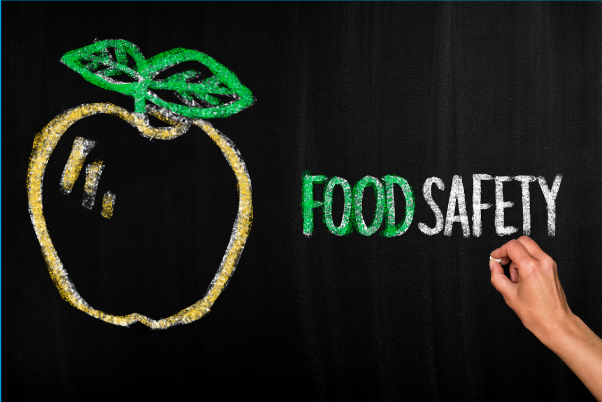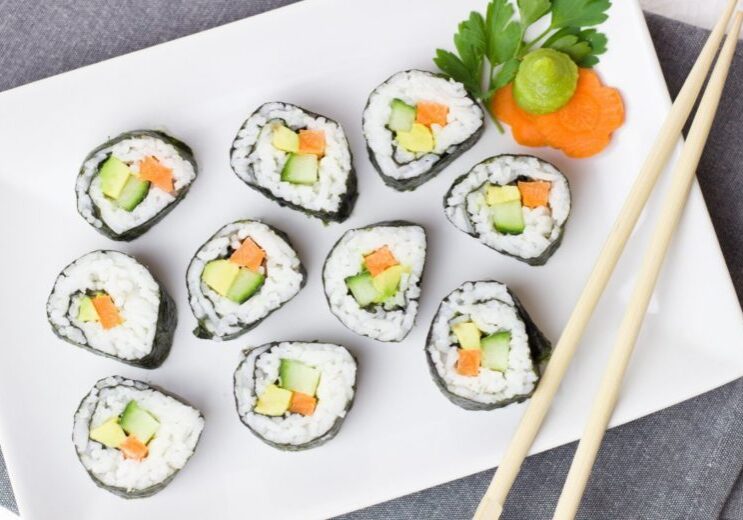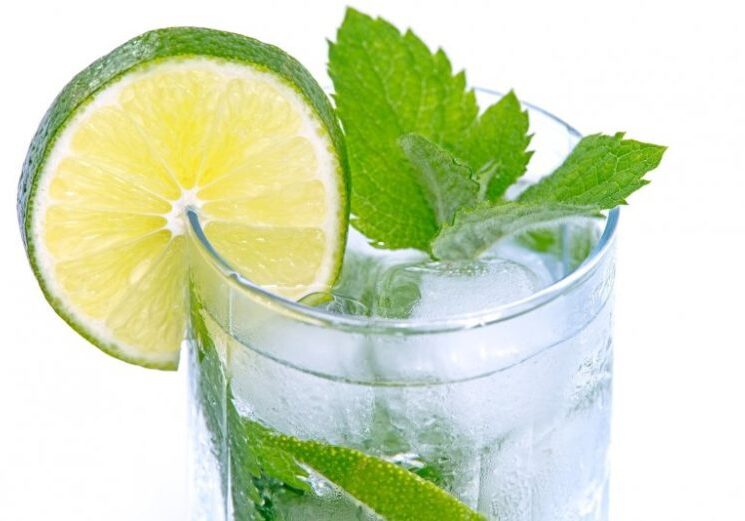It’s important to pack a lunch box with food that’s safe to eat to prevent food poisoning. This is especially important during hot days.
Keep everything clean
- Wash your hands for at least 20 seconds and dry them carefully before preparing any food
- Use clean chopping boards and knives
- Wash fresh fruit and vegetables thoroughly
- Pack food into clean and dry containers, including the lunch box
Store it safely
Storing food at the right temperature is the best way to keep it safe. Foods like meat, fish, poultry, tofu and eggs; cooked pasta, noodles and rice; and dairy items such as milk, yoghurt, custard and cheese need to be kept cold. Hot food needs to stay above 60°C to be safe.
- If preparing lunches the night before, store in the fridge or freezer, but not inside an insulated bag.
- Keep foods for the lunch box away from raw meat that is being stored in the fridge.
- For food that has just been cooked, cool it in the fridge overnight before packing.
- Freeze items such as sandwich bread, milk poppers, and home-made muffins. They will be thawed and ready to eat at lunch time and keep other lunch box items cold.
- Use a cooler bag and ice brick or frozen water bottle to keep food cold in the lunch box.
- Use a thermos to keep hot food hot.
If your kids are doing after–school activities and you need to pack a snack, choose items like fruit, wholegrain crackers, wholegrain bread and tubs of fruit in juice that don’t need to be kept cold.
Discard any perishable food that comes home after school. It won’t be safe to eat.
For more information see the Food Safety Council website or the NSW Food Authority website




